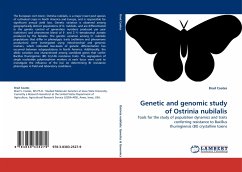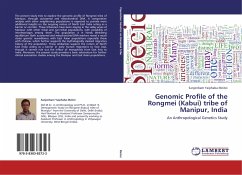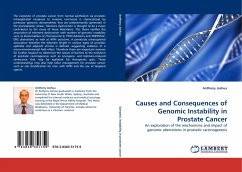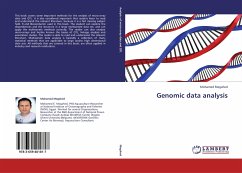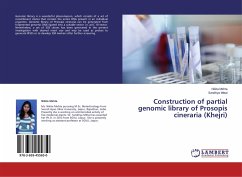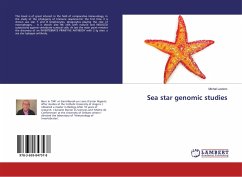The European corn borer, Ostrinia nubilalis, is a major insect pest species of cultivated crops in North America and Europe, and is responsible for significant annual yield loss. Genetic variation is observed among geographically distinct populations of O. nubilalis, and are differentiated in the genetic control of generation numbers produced per year (voltinism) and pheromone blend of E- and Z-11-tetradecenyl acetate produced by the females. The genetic variation among O. nubilalis populations that differ in phenotypic traits (voltinism and pheromone production) were investigated using mitochondrial and genomic markers, which indicated low-levels of genetic differentiation has occurred between subpopulations in North America. Additionally, the allelic variation was characterized among candidate genes that confer Bacillus thuringiensis (Bt) Cry1Ab resistance traits. The segregation of single nucleotide polymorphism markers at each locus were used to investigate the influence of the loci on determining Bt resistance phenotypes in field and laboratory conditions.

